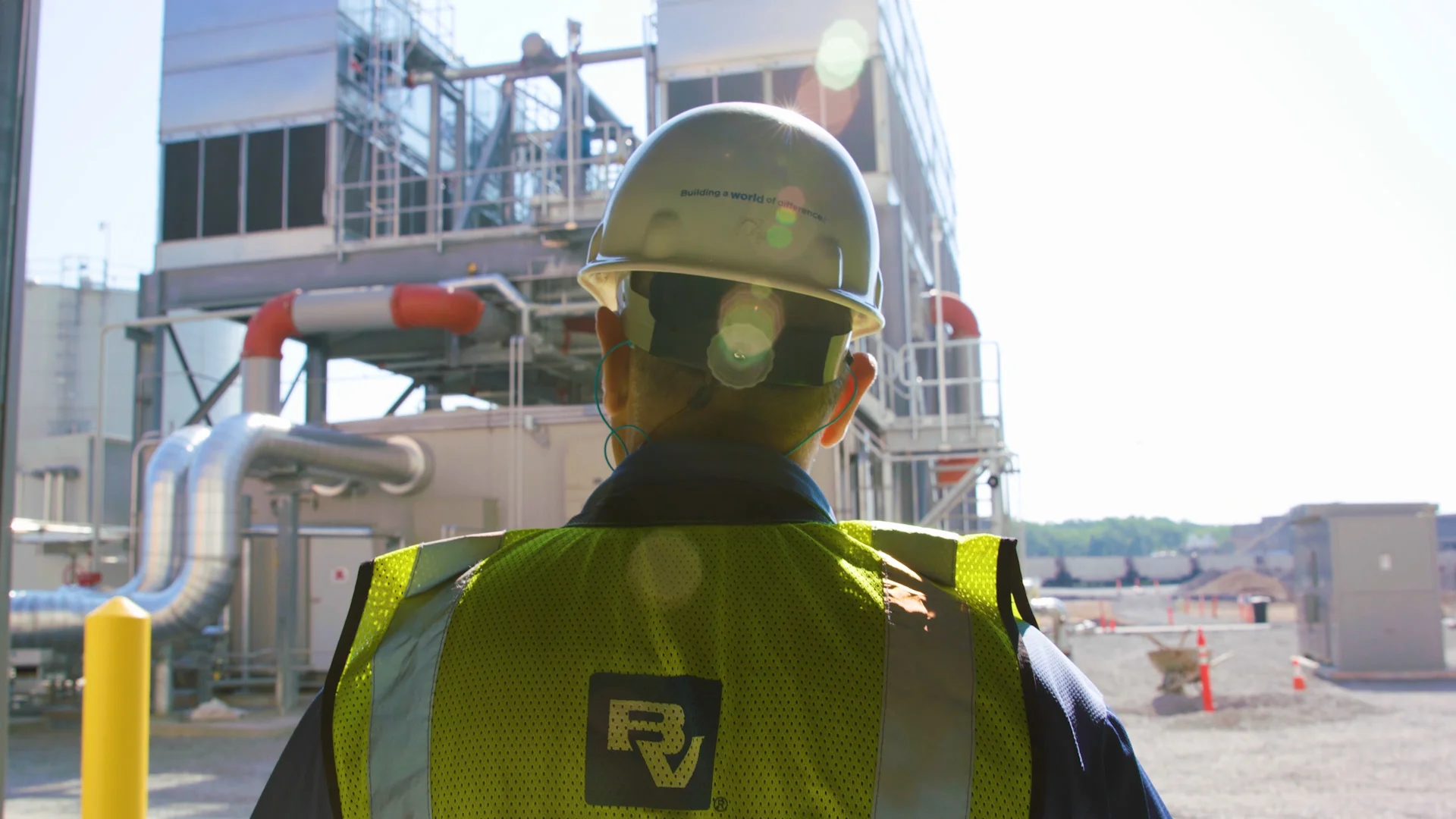Green hydrogen: Roadmap to achieve widespread use

By Oscar Falcon, Senior Vice President and General Manager, Energy – Latin America, Black & Veatch.
With the boom that Green Hydrogen is currently experiencing, many companies are looking to implement this technology to take advantage of it in their processes. However, they do not know how to develop this type of project. What should they take into account to carry them out?
The accelerated advance of climate change is an issue that concerns society as a whole. Currently, it is almost impossible to think of a viable future without the implementation of concrete actions to counteract its effects. In this context, Chile has positioned itself as one of the major players in Latin America in developing actions to achieve the long-awaited goal of becoming the first country to set an example of carbon neutrality by 2050. In fact, BloombergNEF's latest report, called the "Climatescope Emerging Markets Outlook 2020", placed it in first place in clean energy among developing countries, highlighting the decarbonization process it implements and the deadlines stipulated to achieve it.
One of the most promising strategies in the decarbonization process is Green Hydrogen, and Chile already has a solid foundation in this area thanks to its "National Green Hydrogen Strategy": an ambitious approach with which it will be equipped in terms of expectations and goals of the strategies of countries that have traditionally led the way in clean energy.
As well as governments, and considering the responsibility that all social sectors have to improve the conditions of the world, organizations and companies have also established a commitment to the implementation of Green Hydrogen. However, many of them are not clear about the path. In this sense, they lack a Roadmap that defines investments in energy efficiency, renewable energies and other new technologies, many of which have a direct or indirect hydrogen component.
What should a Roadmap have?
This Roadmap must evaluate which decarbonization technologies are the most appropriate to achieve the goals set, but not only that will guarantee their success, since two key aspects must be added: on the one hand, the identification of the easy-to-achieve fruits, the understanding of the art of the possible and also acceptance of uncertainty. Adaptability should be incorporated into the plan, often with pre-established cut-off points to assess progress and reflect on the changes and developments that will influence the evolution of the strategy. This approach avoids paralysis of analysis in the face of demanding decarbonization targets. Part of this point is to address potential organizational changes. It is vital to understand that decarbonization will not be cost-effective for all organizations, especially in the short term. The organizational mindset may need to change to accommodate this.
On the other hand, the plans must evaluate the regulatory landscape in which they are going to work. In the case of Chile, the country has a National Green Hydrogen Strategy, developed by the Ministry of Energy in November 2020, where they mention, among other aspects, that it is "one of the few countries in the world to begin processing a Framework Law on Climate Change".
In conclusion, the Roadmap will make it possible to identify, analyse and plan all the steps to be taken to successfully achieve the decarbonisation goal and the effective implementation of the Green Hydrogen strategy. To do this, they can call on experts in the field to help them develop these Roadmaps tailored to their specific needs so that they can achieve their financial and sustainability goals.
This column appeared first in Electroindustria.
Contact Us
Looking for a partner in innovation?
Let's Talk
